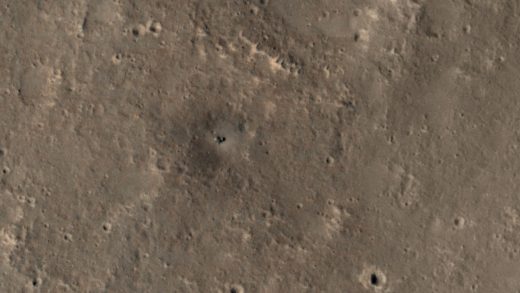
Apple has been granted a new patent for a ‘ranking’ system of public Wi-Fi networks, depending on the quality of the connection and its security. As per the filing, it could potentially enable the iPhone maker to implement a new way of identifying Wi-Fi networks in public places without needing to identify the user and their location. Other patents and patent applications related to the Cupertino-based technology firm in recent months include one that describes a self-healing display, an iPhone with virtual buttons, and a clamshell folding smartphone.
Apple Patent Details Wi-Fi Ranking System
According to a patent issued to Apple by the US Patent and Trademark Office (USPTO) on July 16, the iPhone maker is devising a system for mapping crowd-sourced access points without identifying the user devices or exact locations and keeping the data anonymised. The patent is titled “Crowd Sourced Privacy Preserving Access Point Mapping”.
It describes a service using which a server device can receive reports from several devices about the wireless access point they are connected to. This report would include multiple attributes and measurements.
Apple’s system would then generate a network topography, calculate network quality scores, and provide information about its various other characteristics. It would also label the scores as follows: High-quality, Popular, Captive, Suspicious, and more.
![]()
Apple Patent for Access Point Mapping
Photo Credit: US Patent and Trademark Office/Apple
As per Apple, this system would make connecting to public Wi-Fi networks easier and more secure, informing users about the quality of the connection and its security details. The user could then choose whether to connect to the network.
While private Wi-Fi connections located in secure places such as our homes are considered to be safer, public networks can pose a risk to unwary users. Threat actors may be able to hop on these networks and target vulnerable devices, carrying out nefarious activities such as financial, identity, and data theft.
Virtual Private Networks (VPNs) are usually the first line of defence against public Wi-Fi networks, encrypting the user’s data as it passes through the device. Meanwhile, this proposed system by Apple could be a first-party solution for its devices, such as the iPhone, iPad and Mac.
However, it is crucial to note that technology companies such as Apple file many patents for proposed devices and services, but not all of them make it to the development stage. Thus, Apple’s system for protection against Wi-Fi networks, as proposed in the patent, may or may not arrive in the future.



